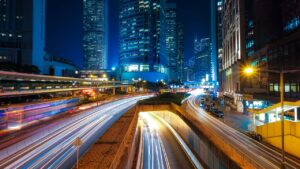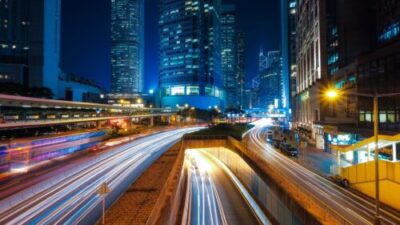 Robots collect garbage on the streets, facades purify the air and dwellings function as mini-power plants: scientists are exploring perspectives for the cities of the future.
Robots collect garbage on the streets, facades purify the air and dwellings function as mini-power plants: scientists are exploring perspectives for the cities of the future.
More and more people live in cities. Since 2007, their number is even greater than that of all rural people worldwide – a novelty in the history of mankind. By 2030, the United Nations estimates that some five billion urbanites will be jostling our planet, about two billion more than today. Even in heavily urbanized Germany, where three quarters of the population already live in cities, the metropolitan areas and metropolises continue to grow, although the overall population is declining.
Traffic accidents have long been threatening in many places, congestion and lack of parking space are part of everyday life. Above all, megacities consume vast amounts of energy, raw materials and land. On the other hand, they produce masses of pollutants, sewage streams and garbage. “As in the past, it will not work in the future, urbanization has reached a dead end,” warns Steffen Braun from the Fraunhofer Institute for Industrial Engineering (IAO) in Stuttgart. The institute decisively coordinates the Fraunhofer initiative “Morgenstadt”, which develops concepts and technologies for the vision of a climate-friendly and liveable city.
Housing at main roads thanks to electric cars
To find meaningful solutions, Braun explains, it is necessary to network different areas such as energy, traffic or building technology. Example: Mobility in the city. “Replacing the current vehicles with electric cars is not enough on its own. In addition, new concepts are needed, such as the shared use of cars. “This also reduces energy consumption and creates space – on the streets and in parking lots. Electric cars will no longer receive the necessary electricity at public gas stations, but at home. This brings further savings. If private owners charge their vehicle in their own garage, the energy requirements of the car can be matched with the energy balance of the building.
But if at some point predominantly electric cars are traveling, that has more consequences. For example, the air quality is increasing and the noise pollution is decreasing. “That means that eventually more living space could be created along major roads,” says Braun. In this respect, changes in automotive technology certainly have an impact on urban planning.

